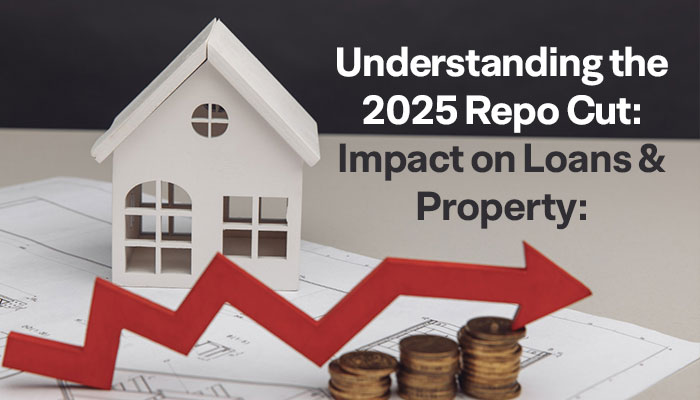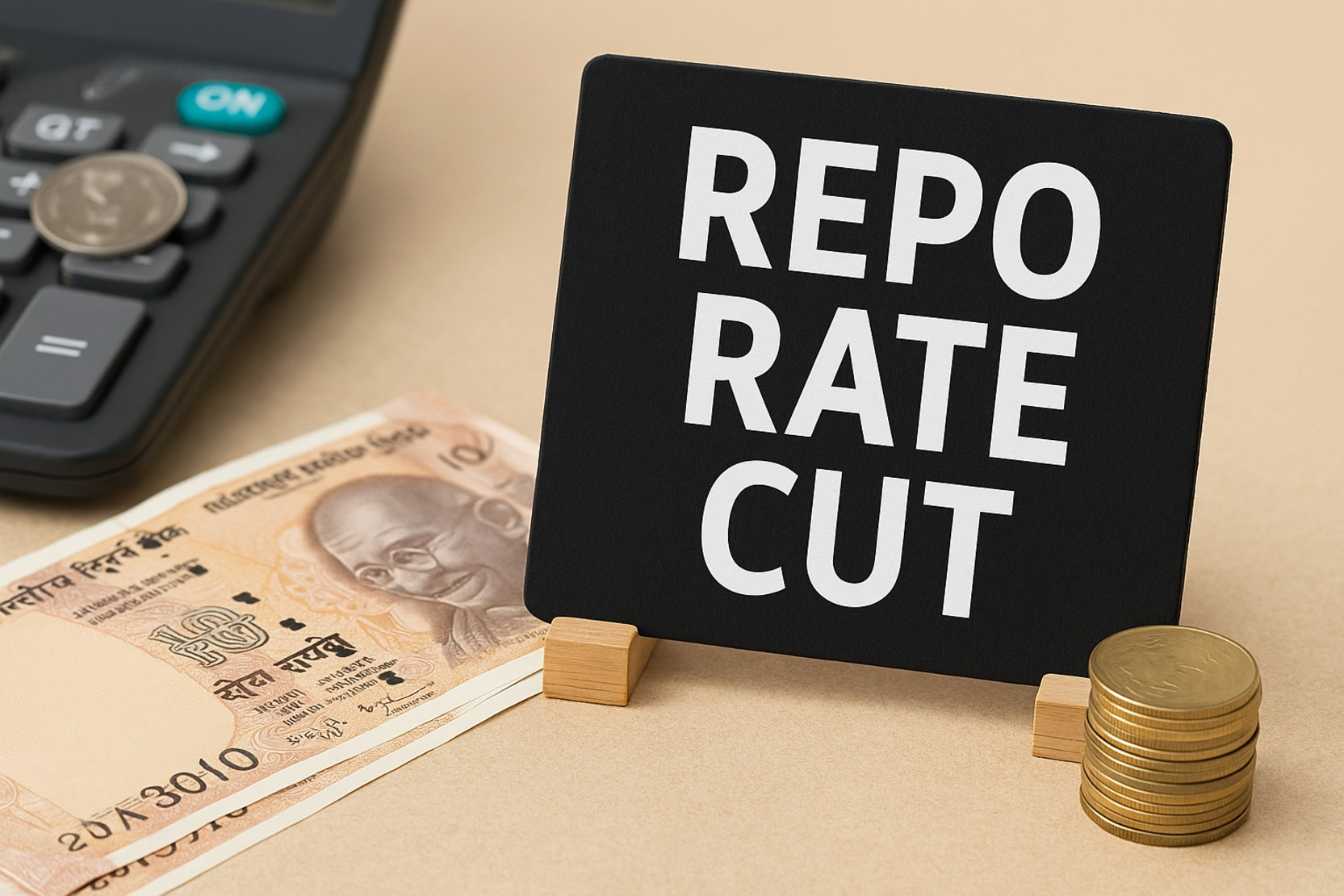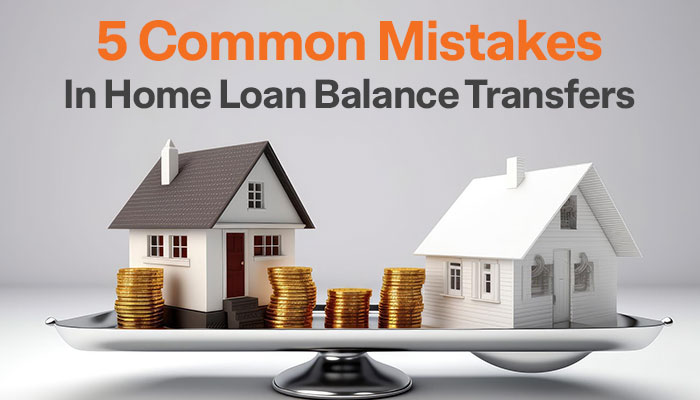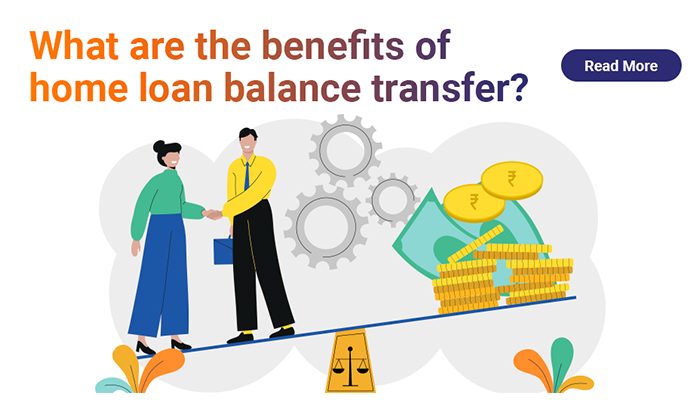How the 2025 Repo Rate Reduction Impacts Home Loans & Property Prices

In early 2025, the Reserve Bank of India (RBI) made headlines by reducing the repo rate once again. For many, this might sound like another policy shift, but for homebuyers, real estate investors, and borrowers, this change has tangible implications.
Whether you're planning to take a home loan, repay an existing one, or invest in property, a change in the RBI repo rate for home loans will directly affect your financial decisions. This article breaks down how the reduced repo rate and reverse repo rate impact home loans, borrower sentiments, and property prices.
How Does a Repo Rate Cut Affect Home Loans?
The repo rate is the interest rate at which the RBI lends money to commercial banks. When this rate goes down, borrowing becomes cheaper for banks. In response, banks typically reduce their lending rates, especially for loans linked to external benchmarks like the Repo Linked Lending Rate (RLLR).
In simpler terms, if the RBI slashes the repo rate by 25 basis points, your bank might reduce your home loan interest rate, bringing down your EMIs or overall interest outgo.
This is particularly beneficial for floating-rate home loans, which are directly influenced by repo rate changes. Borrowers with fixed-rate loans, however, may not immediately see the impact unless they refinance or opt for a balance transfer.
How Does It Affect the Borrower?
Reduced repo rates translate into a lower cost of borrowing. For the average borrower, this means:
- Lower EMIs: A direct reduction in interest means your monthly instalment becomes lighter, freeing up your monthly cash flow.
- Increased Loan Eligibility: Lower EMIs may improve your debt-to-income ratio, making it easier to qualify for a higher loan amount.
- Higher Savings: Over the loan tenure, reduced interest rates can save lakhs on interest payments.
This move is particularly timely for first-time homebuyers or individuals looking to invest in a second property. The psychological advantage of paying lower interest enhances consumer confidence, often encouraging faster purchase decisions.
How the 2025 Reduced Repo Rate Affects Property Prices
The real estate sector tends to react to repo rate changes in both direct and indirect ways. Here's how the 2025 rate cut is influencing the market:
- Boost in Demand: As loans become cheaper, demand for residential properties typically surges. Developers often witness increased footfalls and higher conversions post a repo rate cut.
- Price Stabilisation or Uptick: With increased demand, property prices in key urban areas may see marginal appreciation. In Tier 2 and Tier 3 cities, it can mean faster inventory offloads rather than price hikes.
- Builder Confidence: Lower interest rates also improve liquidity among builders, especially those relying on construction finance. This may translate to more project launches and competitive pricing.
In addition to boosting demand, repo rate cuts also make real estate investments more lucrative compared to other volatile investment avenues like the stock market or gold. For long-term investors, real estate becomes a relatively stable asset, especially when paired with affordable loan options. Moreover, with rental yields gradually improving across metro cities, many investors are using this opportunity to expand their property portfolios.
Government schemes such as PMAY and tax exemptions under Sections 24 and 80C further sweeten the deal for buyers. This combination of benefits has led to renewed interest in affordable and mid-income housing segments, particularly in cities like Pune, Ahmedabad, and Hyderabad, where property values are still reasonably priced.
How Have Different Banks Responded to the Repo Rate Cut?
While the RBI sets the benchmark, it's up to individual banks to decide how much of the home loan repo rate cut benefit they will pass on to consumers.

- Public Sector Banks: Banks like SBI, Bank of Baroda, and PNB often pass on repo rate benefits more transparently and swiftly, especially for RLLR-linked loans.
- Private Sector Banks: These may take a slightly cautious approach, delaying the rate cut pass-through or reducing it partially, citing operational costs and profitability.
- NBFCs & Housing Finance Companies (HFCs): Though not directly regulated under the RBI’s RLLR mechanism, many NBFCs realign their interest rates based on market sentiment and competitive pressure.
As of April 2025, several banks have already reduced their home loan rates by 20–30 basis points. Customers are encouraged to review their current loan agreements or explore balance transfer options to make the most of the rate cut.
Final Thoughts
The 2025 repo rate cut couldn’t have come at a better time. With real estate showing signs of revival and borrowers hungry for affordability, this reduction injects momentum into the home loan market. Whether you're a new buyer or an existing borrower, now’s the time to reassess your financial strategy.
Want to explore competitive home loan offers that match the latest rate cuts? Connect with IIFL Home Loans and discover flexible, affordable lending solutions tailored to your needs.
FAQs
1. How soon will my home loan EMI be reduced after a repo rate cut?
If your loan is linked to the repo rate, changes usually reflect within 3 months, depending on your loan agreement's reset period.
2. Should I switch to a floating-rate loan after a repo rate cut?
Yes, if you have a fixed-rate loan and want to benefit from lower rates, consider switching to a floating rate or opting for a balance transfer.
3. Can a repo rate cut influence fixed-rate loans?
Not directly. Fixed-rate loans stay unchanged until the fixed tenure ends. You’ll need to refinance or renegotiate new rates.
4. Will property prices go up after the repo rate cut?
In high-demand areas, yes. Increased buying activity due to cheaper loans can lead to marginal price hikes in the short-to-medium term.
5. Is it a good time to invest in real estate in 2025?
Yes, with reduced loan rates, increased developer offerings, and government incentives, 2025 is favorable for both end-users and investors.
Tags
Disclaimer: The information contained in this post is for general information purposes only. IIFL Home Finance Limited (including its associates and affiliates) ("the Company") assumes no liability or responsibility for any errors or omissions in the contents of this post and under no circumstances shall the Company be liable for any damage, loss, injury or disappointment, etc. suffered by any reader. All information in this post is provided "as is", with no guarantee of completeness, accuracy, timeliness, or of the results, etc. obtained from the use of this information, and without warranty of any kind, express or implied, including, but not limited to warranties of performance, merchantability, and fitness for a particular purpose. Given the changing nature of laws, rules, and regulations, there may be delays, omissions, or inaccuracies in the information contained in this post. The information on this post is provided with the understanding that the Company is not herein engaged in rendering legal, accounting, tax, or other professional advice and services. As such, it should not be used as a substitute for consultation with professional accounting, tax, legal or other competent advisers. This post may contain views and opinions which are those of the authors and do not necessarily reflect the official policy or position of any other agency or organization. This post may also contain links to external websites that are not provided or maintained by or in any way affiliated with the Company and the Company does not guarantee the accuracy, relevance, timeliness, or completeness of any information on these external websites. Any/ all (Home/ Loan Against Property/ Secured Business Loan/ Balance Transfer/ Home Improvement Loan/ NRI Home Loan/ Home Loan for Uniformed Services) loan product specifications and information that may be stated in this post are subject to change from time to time, readers are advised to reach out to the Company for current specifications of the said (Home/ Loan Against Property/ Secured Business Loan/ Balance Transfer/ Home Improvement Loan/ NRI Home Loan/ Home Loan for Uniformed Services) loan.
 Login
Login






















